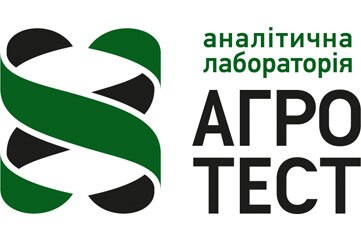Plant analysis. Main principles
Healthy plants contain predictable concentrations of the elements (nutrients) required for normal growth and development. Plants need primary nutrients (nitrogen, phosphorus, potassium) in greatest quantities, secondary nutrients (calcium, magnesium, sulfur) in lesser quantities and micronutrients (iron, manganese, zinc, copper, boron, molybdenum, chloride) in very small amounts. Plants get all these nutrients from fertilizer and/or the soil. Three other elements that plants need – hydrogen, oxygen and carbon – come from water and atmosphere.
Plant analysis includes definition of next parameters:
- nitrogen, %
- phosphorus, %
- sulfur, %
- potassium, %
- sodium, %
- calcium, %
- magnesium, %
- zinc, ppm
- manganese, ppm
- copper, ppm
- iron, ppm
- boron, ppm
- chloride, %
- molybdenum, ppm
Most farmers and agronomists use results of plant analysis for understanding, what kind of nutrient elements in the plant are in deficiency, or exceed optimum concentration, necessary for normal plant growth.
Main goals of a plant analysis:
– definition the concentration of main nutrient elements needed for plant growth;
– to confirm a suspected nutrient element deficiency when visual symptoms are present;
– to monitor the plant nutrient element status in order to determine whether each tested nutrient is in sufficient concentration for optimum yield.
Many of the deficiencies and excesses occurring in most fields are self-induced due to:
– poor cultural practices
– excessive application rates of some fertilizer elements
– failure to apply elements according to soil tests
High rates of fertilizer applied each year can accumulate to eventually reach excessive proportions. High soil test P levels can induce Zn deficiency in Zn sensitive crops, such as corn. Heavy K fertilization can induce Mg deficiency when the Mg soil test level is low. Such deficiencies and imbalances can be avoided if the grower will use soil test and plant analysis as monitoring tools.
Only a complex solution, visual observation, a soil test and plant analysis effectively evaluate the nutrient element status of the soil-plant environment.
Write to us
and we will find an opportunity
for cooperation


